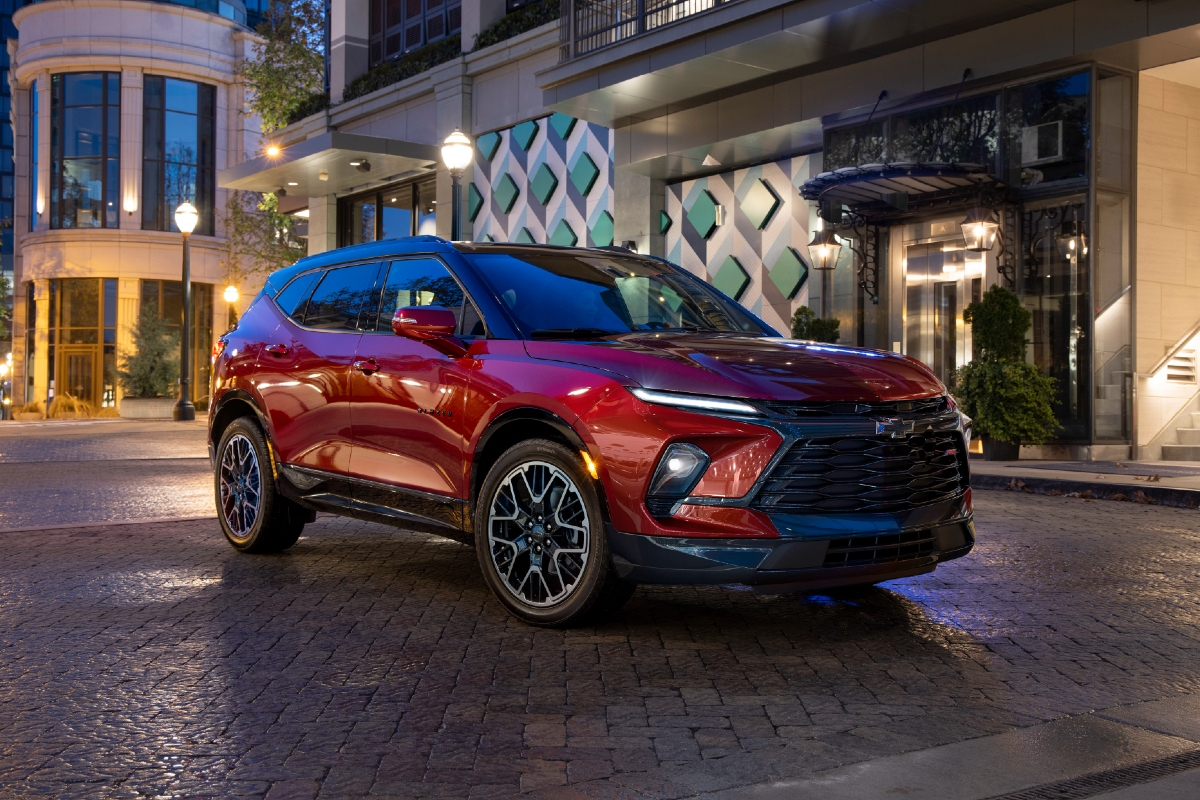
Standing in the middle of the Chevrolet stand at the recent 2024 New York Motor Show I was struck by the question: Could this have been what Holden became?
As we know, Holden was ‘retired’ in 2020 after it became a shadow of its former self. No longer manufacturing anything locally, it was an all-imported brand without a clear strategy. While local executives liked to put a positive spin on the fact Holden’s final line-up consisted of a mix of Chevrolets, GMCs, Opels, Daewoos and Isuzus was an obvious challenge for the brand. It meant the Holden line-up lacked consistency and instead of projecting a unified, well thought out range, it instead came across as a mixed bag of whatever products General Motors could get in right-hand drive for the least possible effort.
READ MORE: Top 5 Holden moments
The prime example of this was Acadia, which was the only seven-seat SUV Holden could get, but came from GMC. So instead of offering a connected line-up of Chevrolet models, which included the Acadia-sized (because they were on a shared platform) Chevy Traverse, Holden suddenly had an SUV range from multiple brands. It’s the equivalent of Hyundai offering the Venue and Tucson SUVs and then suddenly adding the Kia Sorento with an ‘H’ badge on the front – it just doesn’t fit.
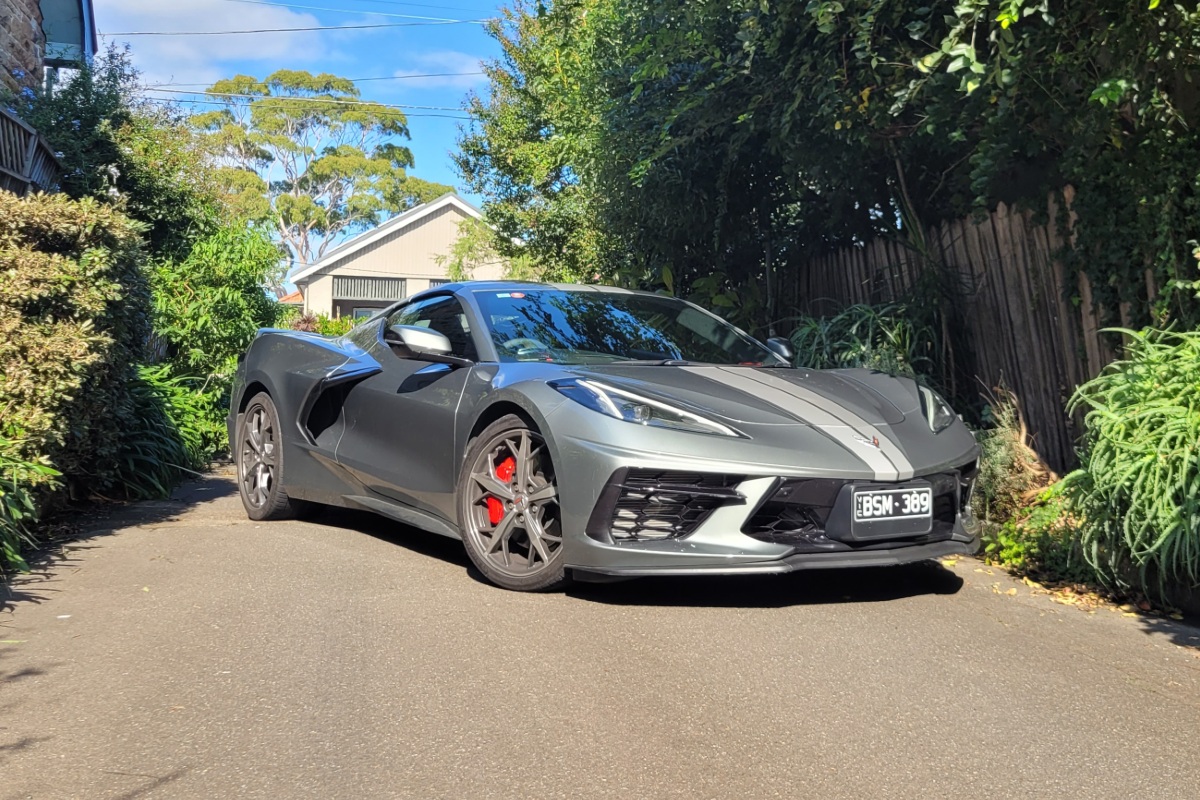
Holden was up against it as it died but as General Motors Specialty Vehicles (GMSV) has demonstrated, there’s still interest in what the brand has to offer. And I strongly suspect there is also plenty of goodwill and support for the Holden brand in Australia.
So as I looked around the Chevrolet show stand in New York I was left to wonder what could Holden achieve now with a properly organised and consistent Chevrolet-based line-up? Certainly the current Chevy options are in-tune with local demands, with a heavy focus on SUVs and utes (aka pickups), as well as an expanding array of electric models.
READ MORE: Top 5 Holden concept cars
The current Chevrolet range starts with the compact Trax and Trailblazer, moves up through the mid-size Equinox and Blazer and then finishes with the increasingly larger Traverse, Tahoe and Suburban. On top of that you have the Colorado mid-size ute and larger Silverado, as well as the expanding Corvette range. There’s the electric Bolt compact, Equinox EV, Blazer EV and Silverado EV. Put simply, a comprehensive array of cars that would fit nicely in the Australian market.
Not that a 2024 version of Holden would need all these models. In fact, as brands like Ford, Isuzu and Tesla have demonstrated, a smaller, more focused line-up can still be successful in Australia. My ideal line-up for a modern Holden would look like this:
Blazer
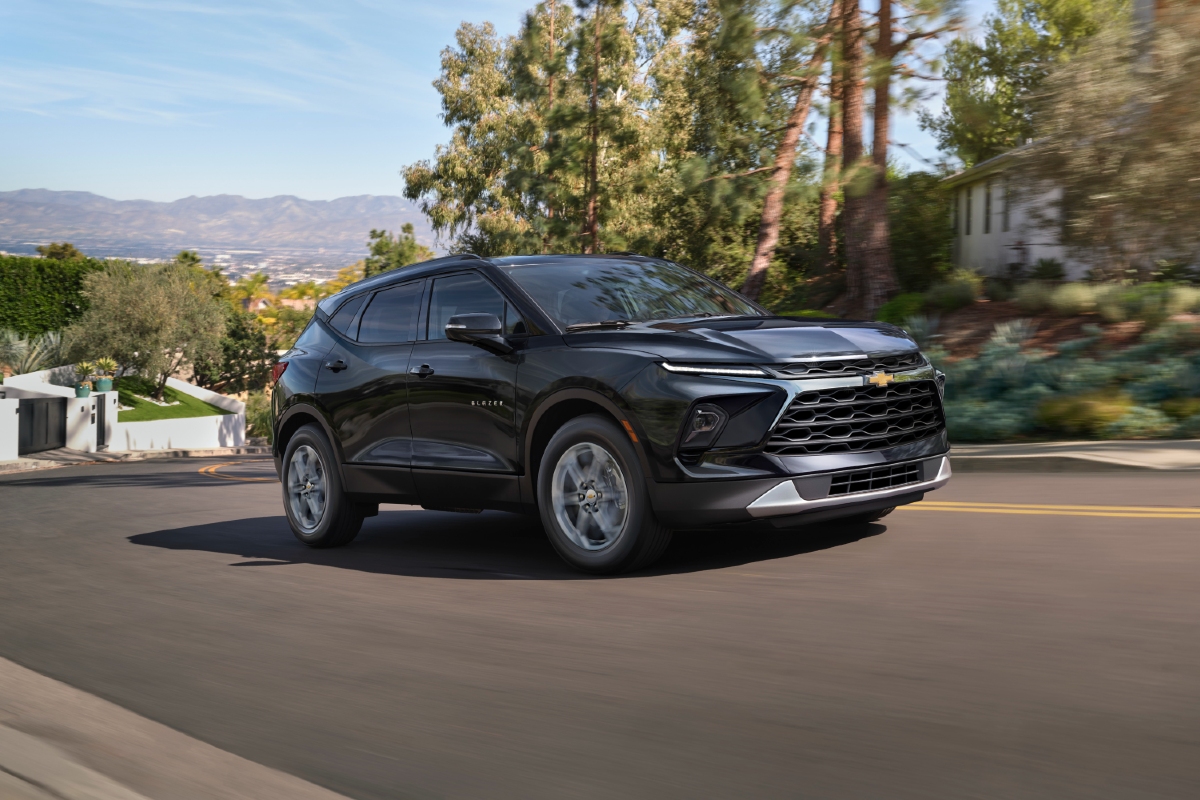
I’d skip over the smaller Trax, Trailblazer and Equinox and start with the mid-size Blazer. It’s an evocative name for Chevrolet and would work locally, without any baggage to previous Holden products. The Blazer RS is a sporty looking SUV that would appeal to Australians and their love of performance cars.
Tahoe and Suburban
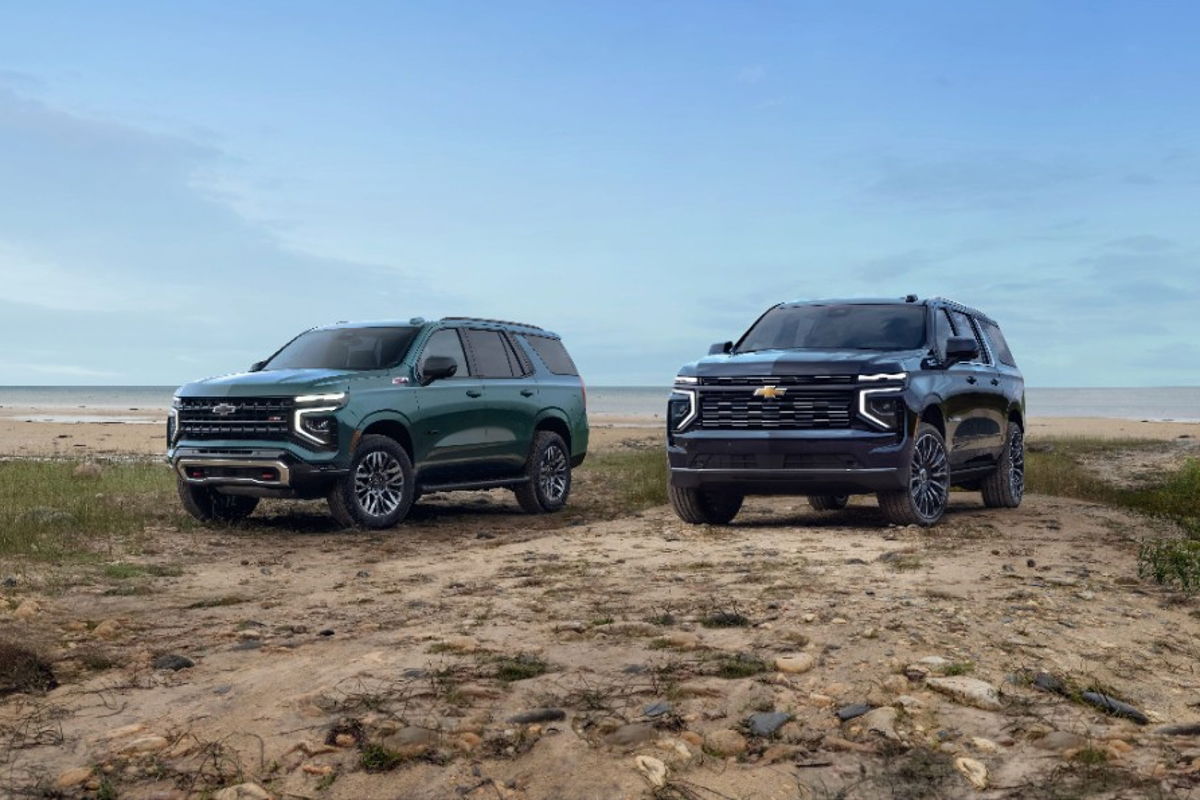
Again, skipping over the Traverse and jumping straight into the upper-large SUV space, the Tahoe would make a great Holden. GMSV has already announced that the GMC-badged Yukon version will be offered here, so clearly GM management agrees it has appeal to Aussie buyers.
The Tahoe is based on the same underpinnings as the Silverado 1500, so it makes business sense to offer it here. The same is true for the extended wheelbase Suburban, which Holden tried to sell locally in the 1990s but found difficult. But the market has changed since then and we love huge SUVs now, the bigger the better it seems, so offering these Chevy twins as Holdens would work better this time around.
Colorado
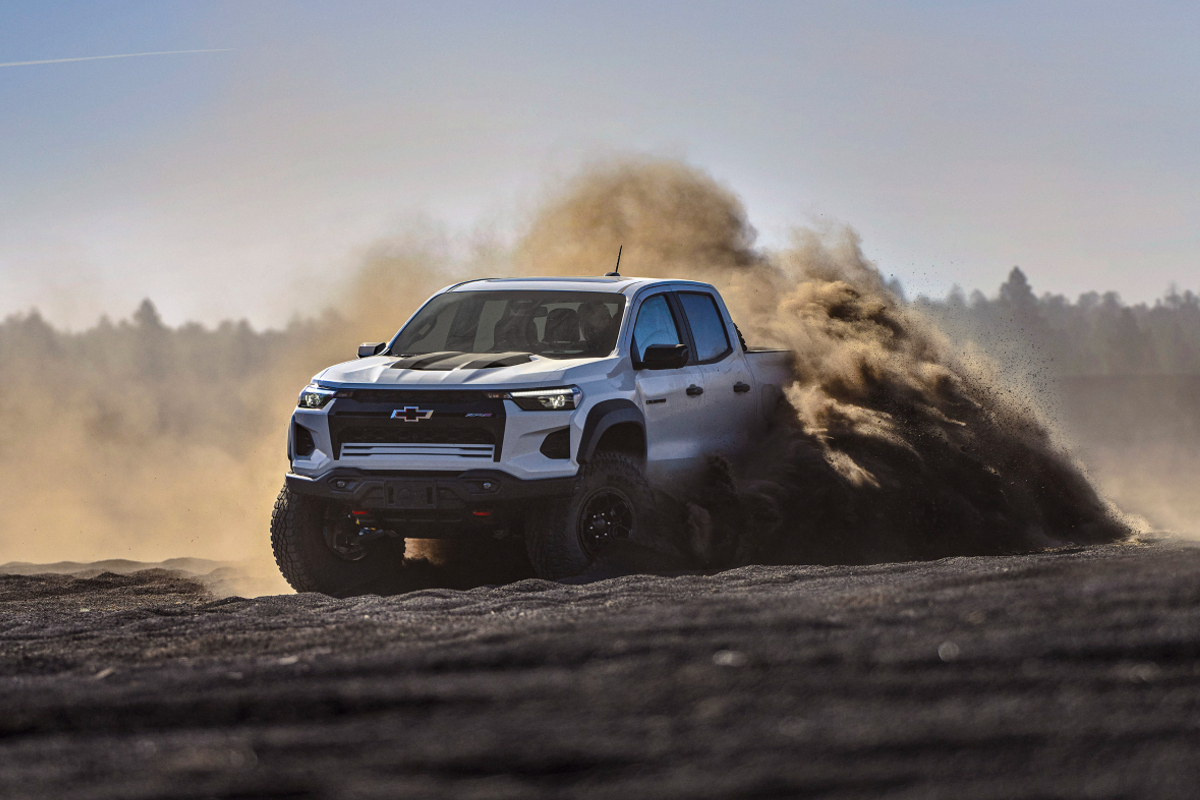
The Isuzu-based Colorado was a staple of Holden’s line-up but when GM decided to stop making it in Thailand it was a key factor in the demise of the local brand. The third-generation Colorado is built in the US, so right-hand drive conversion would be tricky, but offering a top-heavy line-up, centred around the Ford Ranger Raptor-rivalling ZR2 could work.
Silverado
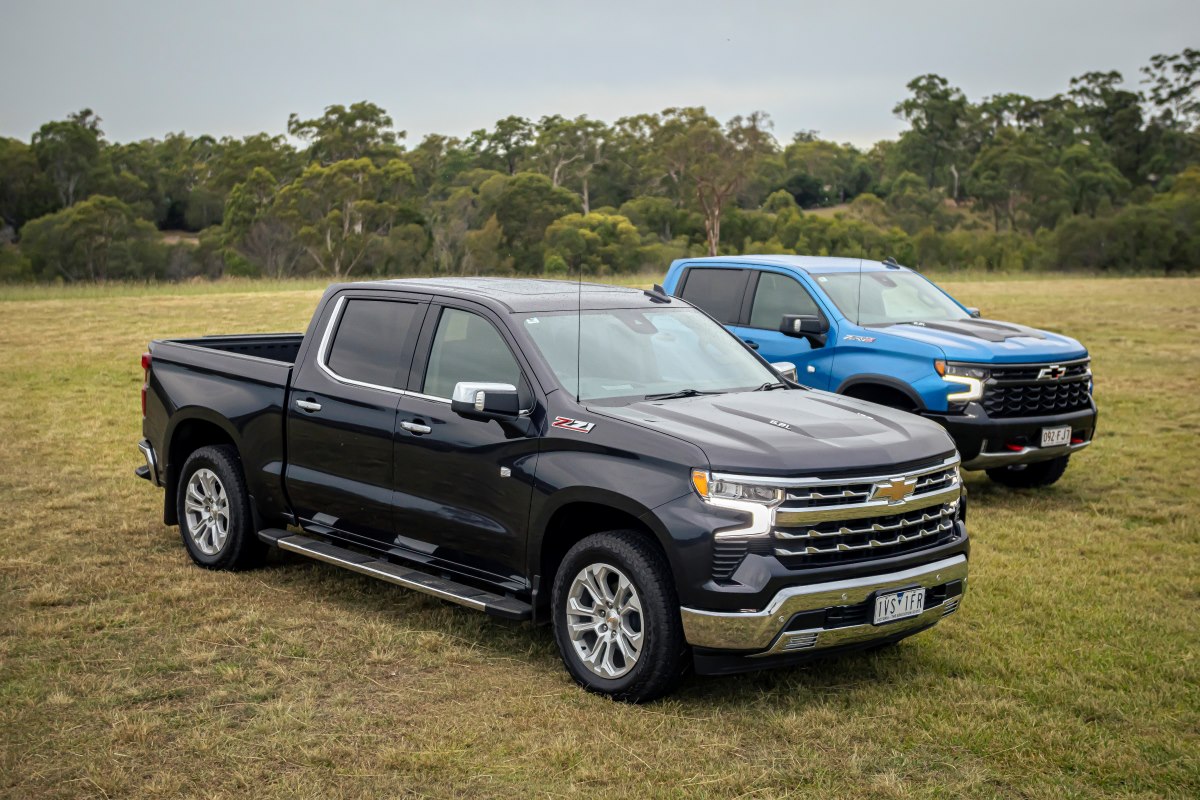
The Silverado pickup range is already a hit here, so it would make sense for it to have sat under the Holden umbrella in Australia (even if it still wore a Chevy bow tie).
Corvette
The eighth-generation ‘Vette was well and truly on Holden’s future agenda before its demise. Chevrolet always planned for it to be factory produced in right-hand drive as part of its global expansion for its homegrown supercar.
Equinox EV, Blazer EV and Silverado EV
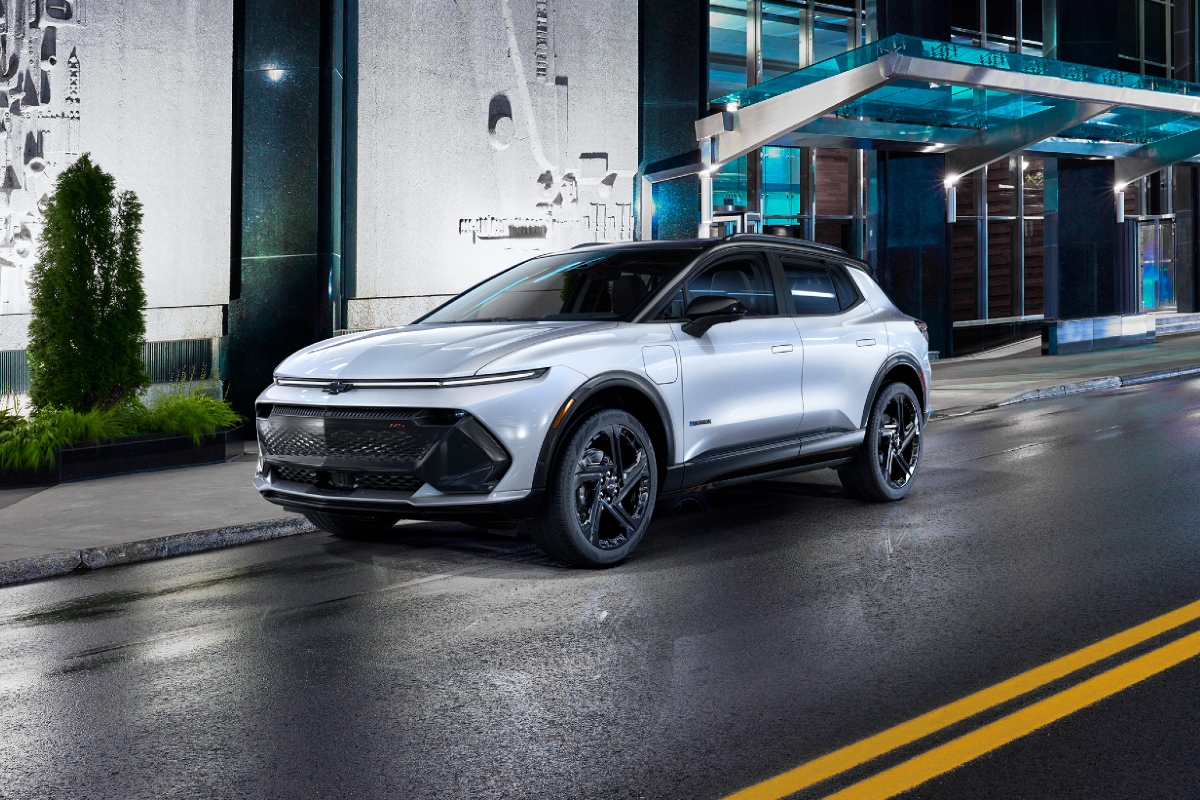
Holden was actually on the bleeding edge of the electrification transition, introducing the Volt plug-in hybrid back in 2012. While that was arguably ahead of its time, Chevrolet is seemingly ideally placed for the EV wave and would have positioned Holden for the future.
The Equinox and Blazer are sharp-looking EV SUVs that would rival the likes of the Hyundai Ioniq 5, Kia EV5 and Tesla Model Y. The Silverado EV would help offset the petrol-powered versions under the newly-announced emissions standards.
Now, the obvious point you might make is, ‘Steve, GMSV is doing a lot of this already.’ And, yes, that’s true. But GMSV is a deliberately smaller operation with a niche focus on high-end models and does without the Holden brand.
Personally, I believe that had GM continued with the Lion badge on a new range of Chevrolet models it would have allowed the Holden brand to reinvent itself and potentially enjoy a second life… but let us know what you think?
Would you have liked Holden to survive with a Chevrolet-based line-up? Or is it better the Lion was retired and the bow tie replaced it? Let us know in the comments or join the discussion on social media.













Discussion about this post